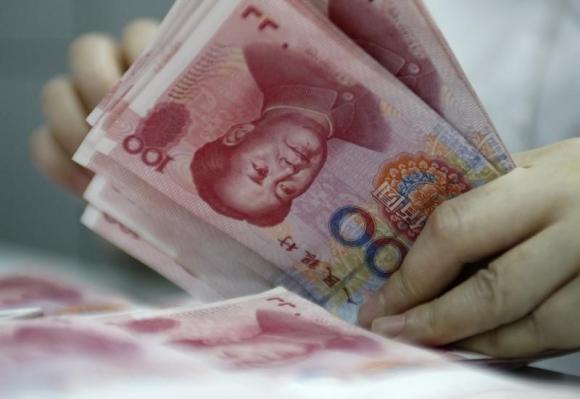 |
|
An employee counts yuan banknotes at a bank in Huaibei, Anhui province June 22, 2010.[Photo/Agencies] |
China is looking for new ways to lower stubbornly high long-term borrowing costs and stop the fruits of its looser monetary policy being pumped into speculative plays instead of supporting its slowing economy, policy insiders say.
Beijing has attempted to cushion the slowdown by twice freeing banks to lend more this year and cutting interest rates three times since November, but banks have been reluctant to make long-term loans to businesses to avoid bad debts.
"Recent monetary easing has shown little effect on stabilising growth. There are concerns that money is flowing into the stock market instead of the real economy," said a senior economist with a well-connected think-tank.
In a bid to reverse that trend, policy insiders say the People's Bank of China (PBOC) is now likely to act to push down longer bond yields and mop up excess short-term funds - a manoeuvre that runs the risk of creating a credit crunch in the money market if overdone.
"The central bank could inject more long-term liquidity in order to guide the money into the real economy, while keeping a lid on short-end cash," said an economist who advises the government. He likened it to a stimulus measure dubbed "Operation Twist" launched by the US Federal Reserve in 2011 when it sold short-term Treasury bonds and bought long-term bonds to push longer-term yields down.
The PBOC will use other means to achieve a similar result, however.
China's policy efforts so far have brought short-term interbank rates down rapidly, with the benchmark seven-day repo rate dipping to around 2 percent from nearly 5 percent earlier this year, but long-dated sovereign bonds yields have actually risen in that time, on worries about plans to refinance local government's huge debt load, undermining the intention of monetary policy to spur activity.
The weighted average lending rate for companies, at 6.56 percent in March, has barely shifted since December, according to PBOC data, and real rates could be much higher, given factory price deflation.
"The yield curve is steepening after cuts in interest rates and bank reserve requirement - contrary to the goal of monetary policy," said Zhou Hao, an economist at ANZ in Shanghai.
"The central bank hopes to balance it out by pumping out more cash on the long-end and draining some on the short-end."
